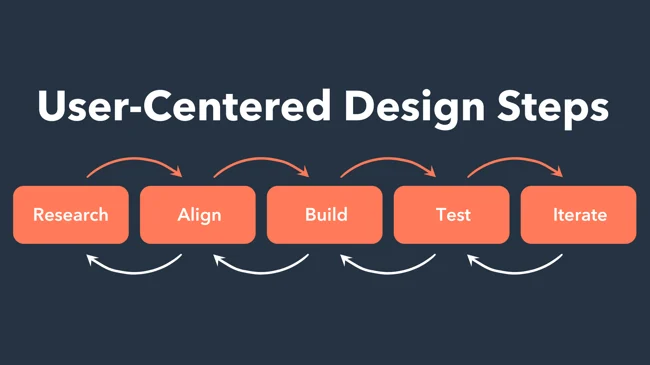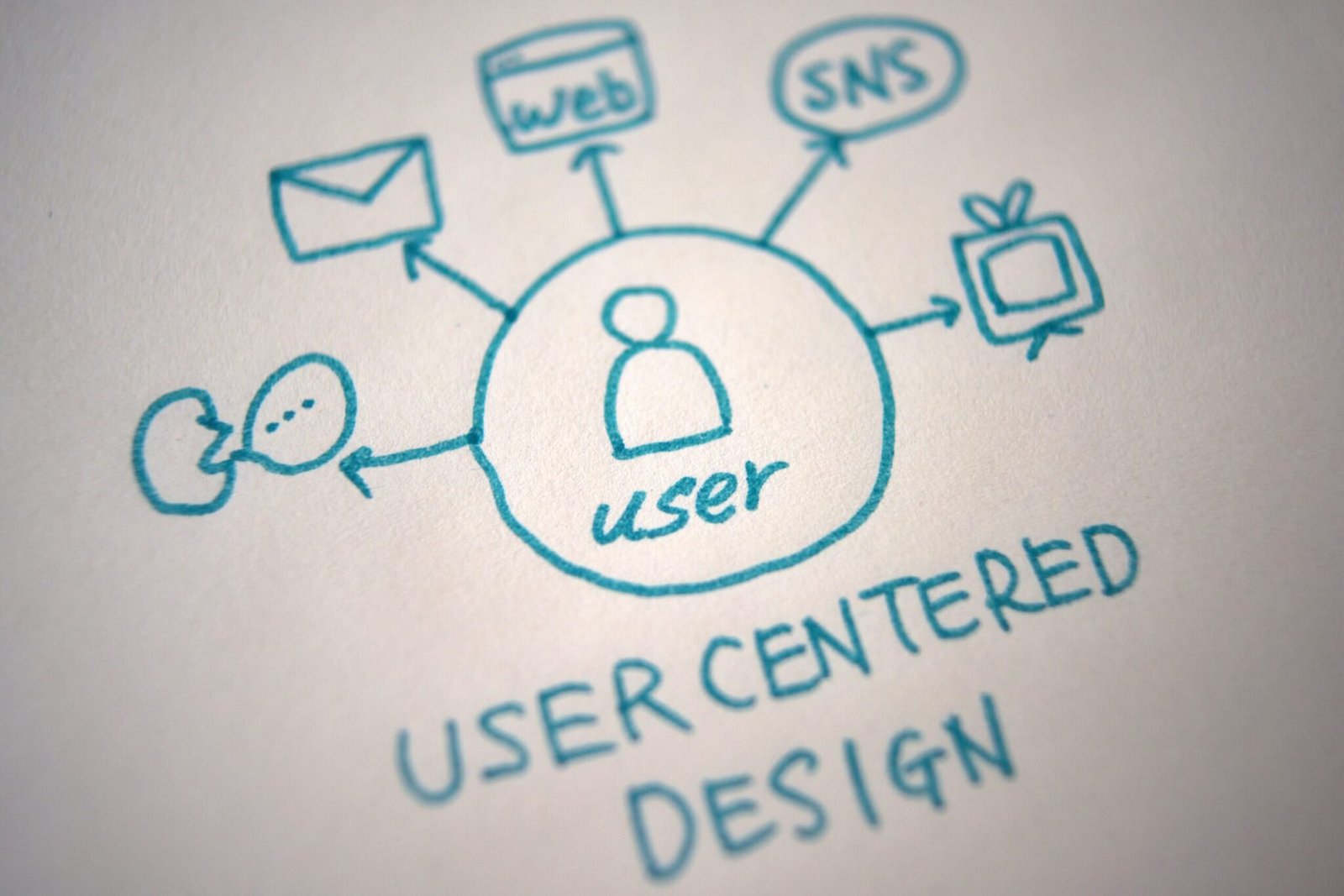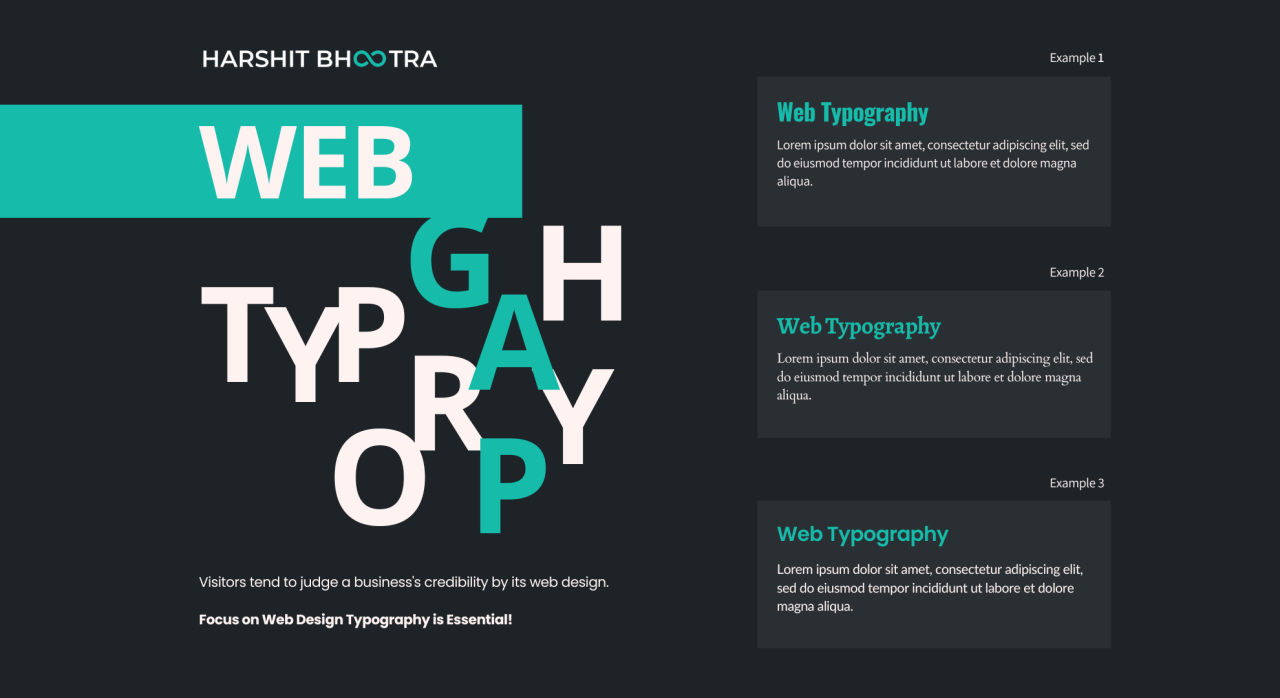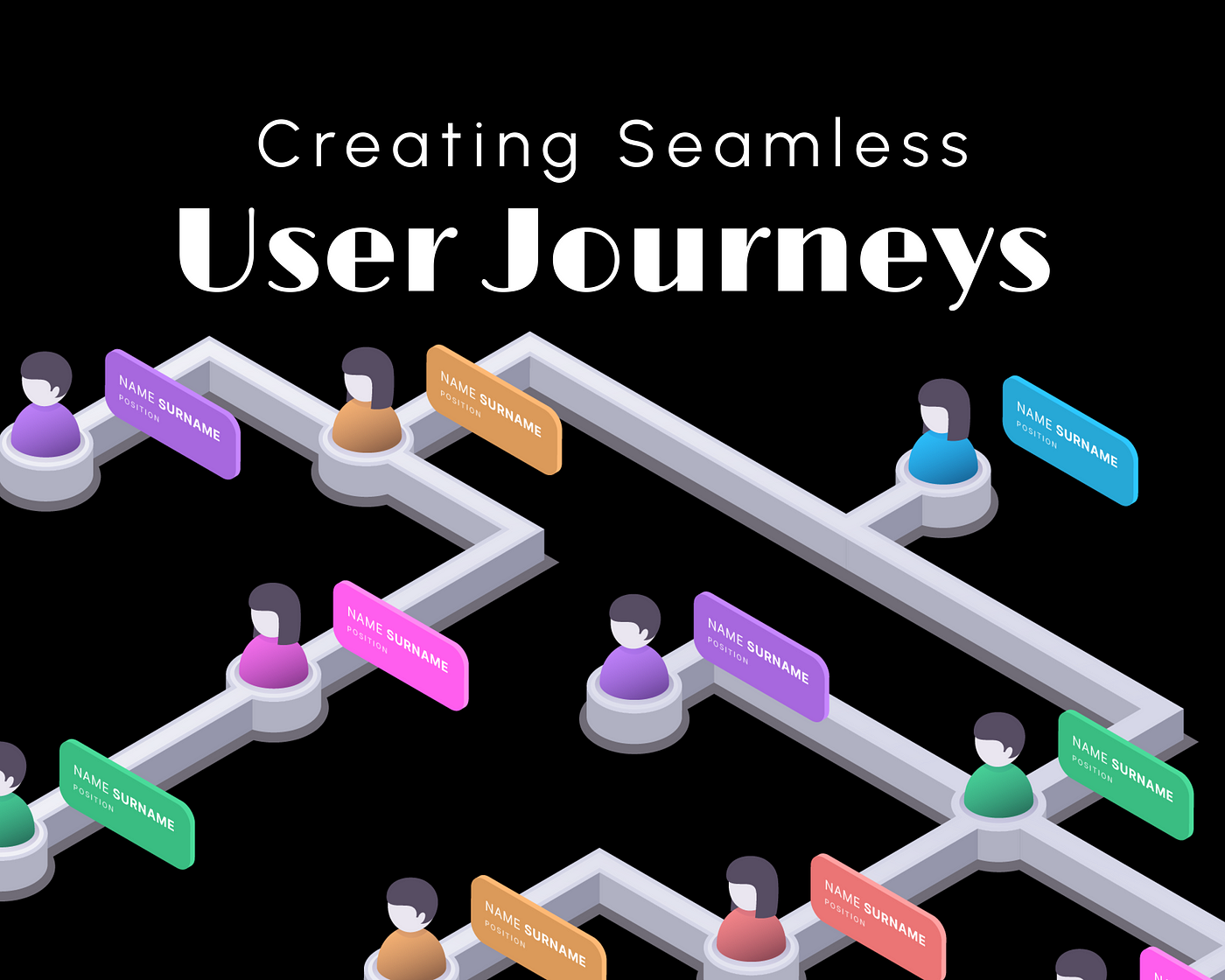User-Centered Design (UCD) is a design philosophy that places the user at the forefront of the design process. It emphasizes understanding user needs, behaviors, and preferences to create products that are both functional and enjoyable to use. By adhering to the core principles of UCD, designers and developers can ensure that their solutions are effective, intuitive, and meet the needs of their target audience. In this blog post, we’ll explore the essential principles of user-centered design and how they can be applied to create exceptional user experiences.
1. Understanding User Needs and Goals
The foundation of UCD is a deep understanding of the users and their needs. This involves conducting research to gather insights about the target audience, including their goals, preferences, and pain points. Techniques such as user interviews, surveys, and usability testing provide valuable information that informs the design process. By aligning the design with user needs, designers can create solutions that address real problems and enhance user satisfaction.
2. Involving Users Throughout the Design Process
User involvement is crucial in UCD. Engaging users at various stages of the design process ensures that their feedback and perspectives shape the final product. This can be achieved through iterative testing, where prototypes are tested with real users to gather feedback and make improvements. Involving users early and often helps identify issues and validate design decisions, leading to a more user-friendly and effective product.

3. Designing for Usability
Usability is a key principle of UCD, focusing on creating products that are easy to use and understand. This involves designing intuitive interfaces, clear navigation, and efficient workflows. Usability testing plays a significant role in identifying areas for improvement and ensuring that the product meets user expectations. By prioritizing usability, designers can create solutions that minimize frustration and enhance the overall user experience.
4. Iterative Design and Prototyping
Iterative design is a fundamental aspect of UCD, involving the continuous refinement of designs based on user feedback. Prototyping allows designers to create early versions of a product and test them with users to gather insights and make necessary adjustments. This iterative approach helps identify and address issues early in the design process, leading to a more polished and effective final product.
5. Emphasizing Accessibility and Inclusivity
Designing for accessibility ensures that products are usable by people with a wide range of abilities and disabilities. This includes considering factors such as color contrast, font size, and keyboard navigation to accommodate users with visual, auditory, or motor impairments. Inclusivity goes beyond accessibility to ensure that designs are culturally and socially sensitive, making products welcoming and usable for diverse audiences.
6. Focusing on User Feedback and Testing
User feedback is essential for validating design decisions and identifying areas for improvement. Regular testing with real users provides valuable insights into how the product performs in real-world scenarios. Methods such as usability testing, A/B testing, and user surveys help gather feedback and make data-driven design choices. By prioritizing user feedback, designers can ensure that their solutions align with user needs and preferences.
7. Creating Consistent and Cohesive Designs
Consistency in design helps users navigate and interact with products more easily. This involves using consistent visual elements, terminology, and interaction patterns throughout the product. A cohesive design enhances usability and provides a seamless experience, reducing the learning curve and improving overall user satisfaction.
Conclusion
User-Centered Design is a powerful approach that prioritizes the needs and preferences of users to create effective and engaging products. By understanding user needs, involving users throughout the design process, and focusing on usability, accessibility, and feedback, designers can develop solutions that meet real-world requirements and enhance the user experience. Embracing these essential principles of UCD will lead to more successful and user-friendly designs, ensuring that products resonate with their target audience and deliver lasting value.




